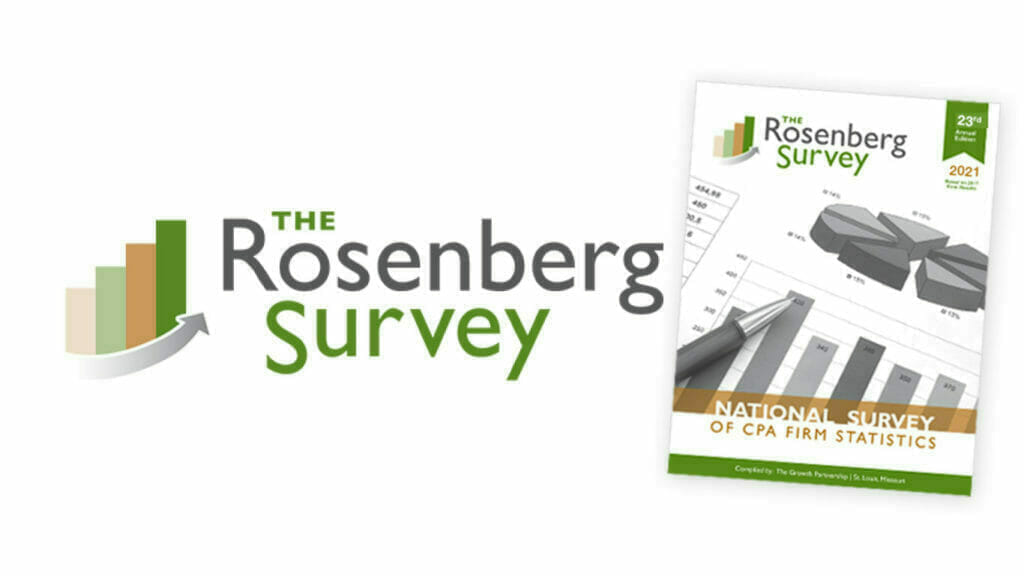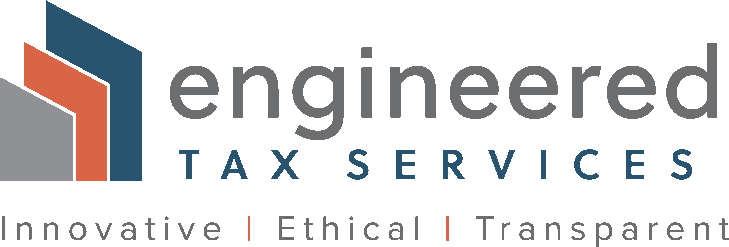In my first two articles on The Future of Accounting as reflected in The Rosenberg Survey—a comprehensive annual survey of the accounting profession authored by The Growth Partnership—I addressed emerging patterns we’ve seen regarding changing partner compensation systems and the issues of partner buy-in and buy-out. In this article, let’s talk about a topic that’s of lively interest to us in the accounting world: the metrics that drive CPA firm profitability.

Which Statistics Correlate Most with Firm Profitability?
For many years now, whenever we’ve analyzed the top 10 metrics with the strongest correlation to profitability, as measured by income per partner, the same four factors keep reappearing. They might interchange, but they’re the same.
The results from our 2020 survey (based on 2019 figures) are listed in order of income per partner (for firms over $2M in annual fees):
Avg. IPP for all firms >$2 million – $497,417 ($469,542 in 2018)
The best path to profitability is a combination of high leverage and high billing rates. The top four items on this chart are all measures of leverage or rates. In this case, leverage assumes three forms; these are the biggest leverage ratios:
- Fees per partner
- Fees per person
- The Ratio of professional staff to partner
When you put these three factors together, they form a reinforcing pyramid that supports a firm’s success. But there’s a fourth factor that plays a decisive role in determining firm profitability: high billing rates.
How Do Partners Billing Rates Compare Within the Same Population Markets?
Speaking of the power of higher billing rates… In the table below, you’ll see that having aggressive billing rates is a significant factor in achieving a high level of profitability. As consultants, we consistently see firms with aggressive rates outperform those with lower rates. Here is some convincing evidence — regardless of market size. (Note: in the chart below, IPP stands for Income Per Partner.)
What patterns emerge here? Firm members in the upper 25% are making almost double ($643,000) than those in the lower 25% ($357,000), regardless of population size markets. Firms with the highest billing rates will have the highest profitability. But it’s just not the billing rate—some firms charge flat fees. It’s clear that the firms that charge the most for their services reap the rewards.
Our advice? Don’t cut your rates to get new business—it’s a short-term fix at the expense of the long term.
Do Firms with High Billing Rates Have Lower Realization?
Our chart below shows that even if firms with high billing rates have lower realization, they have higher “net” realized rates. See the results below:
The lowest 25% have higher realization (87.9%) than the highest 25% (85.1%), but the net realized rate is almost half (226 vs. 379). As I’ve said in the past, you cannot deposit percentages into the bank account; you can only deposit dollars.
The Fantastic Four
At the Rosenberg Survey, what have we learned about the metrics that drive CPA firm profitability? First and foremost, income per partner is the ultimate measure of profitability. The surefire way to increase profitability (income per partner) is via the four factors: leverage (the pyramid with three sides: fees per partner, fees per person, and ratio of professional staff to partner) and rates. When assessing the key metrics crucial to profitability, those are the four factors we analyze.
But what else new has happened in the accounting world in the past dramatic year? By the time you read this article, the deadline for the new Rosenberg Survey (July 30) will have already passed. But if you’re interested in obtaining a copy of the 2021 Rosenberg Survey when it’s ready November 2021 so you learn what’s changing in the accounting world today, please contact us.




